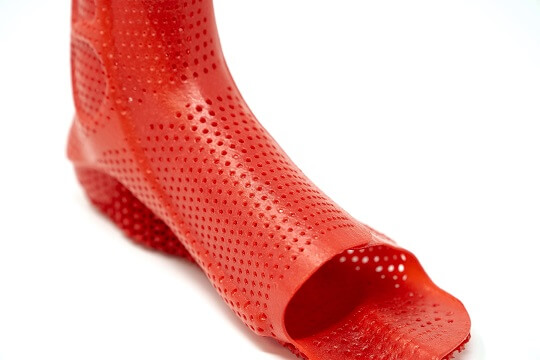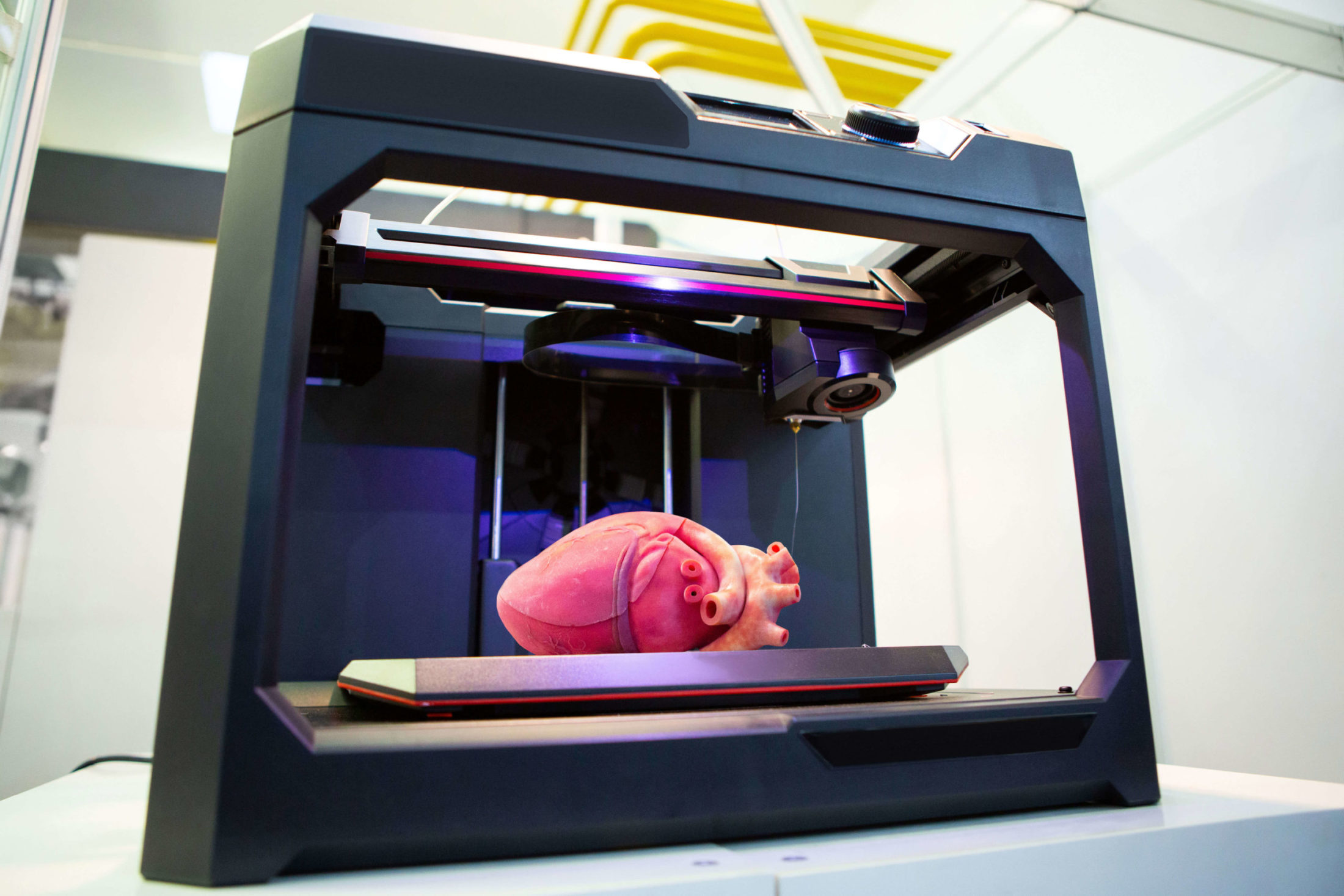3D printing in health care
Opportunities for medical professionals and patients
Customizable, cost-effective, fast with maximum design freedom - these characteristics of additive manufacturing make the technology interesting for many manufacturing processes and offer a wide range of possibilities, also especially in the healthcare sector. This makes it very easy to create products that are customized to an individual patient's needs, increasing both the chances of treatment success and comfort. And medical professionals also benefit from the advantages of 3D printing. For example, the technology is used to assist in the preparation of surgeries or to manufacture very precise treatment tools.
In the following, we present some areas of healthcare in which the advantages of additive manufacturing are already being used:
Dental Technology
In the dental sector, the advantages of additive manufacturing have been known for a long time and the technology has meanwhile become established in many dental laboratories. For example, dental crowns, dental implants or corrective dental splints are often produced using 3D printers. On the one hand, these enable significantly higher precision than conventional manufacturing processes such as milling or casting. On the other hand, manufacturing using additive manufacturing is also significantly cheaper than milling and faster than casting. The latter is also limited in terms of the possible material density, whereas with 3D printing it is possible to specify where the product should be stiffer and where more flexible.

Orthopedics
Both orthoses and prostheses are very individual products. Adapting these precisely to the individual patient is usually hugely time-consuming and costly using conventional manufacturing methods. This is particularly problematic for children, who are still growing and therefore frequently require new or readapted products. 3D printing can provide a remedy here. Orthoses and prostheses can thus not only be manufactured much more quickly and cheaply, but can also be easily adapted to the specific needs of the individual patient thanks to the great design freedom offered by the technology. The parameters for the print templates are scanned by means of CT, MRI or 3D scan and, in the case of children, the aids can thus grow continuously with them. Thus, additive manufacturing can be used to achieve greater wearing comfort on the one hand and better therapeutic results on the other.

Bioprinting
Simply put, 3D bioprinting is the layer-by-layer application of biological material to create functional structures such as tissue, bone and organs. Although this area of additive manufacturing is still largely limited to research today, some successes have already been achieved. As early as 2002, for example, scientists at Wake Forest University in Winston-Salem, North Carolina, were able to produce a functional miniature kidney using 3D printing. In 2019, researchers at Tel-Aviv University were also successful in 3D printing a scaled-down model of a heart from human cells. The aim of the research is to be able to produce individually adapted, implantable human organs in this way and thus help numerous patients who are otherwise waiting in vain for a suitable donor organ.
Medical tools and equipment
Since even complex design drafts can be implemented very quickly using 3D printing, in the field of rapid prototyping in particular, the technology is unbeatable. This aspect is also exploited by manufacturers of medical tools and equipment. Additive manufacturing is already part of the production process at over 90% of medical device companies today, enabling precise prototyping of new medical devices and significantly accelerating necessary iterations.
In the production of medical tools, 3D printing also enables them to be adapted to the individual patient's anatomy, similar to the production of prostheses and orthoses, which in this case can again help to increase the success of treatment.
Anatomical replicas
Anatomical replicas can be produced from patient scan data using 3D printers and are used, for example, to improve the diagnosis of diseases. They are also used in communication and explanation to patients, which can alleviate concerns and promote acceptance of treatment methods.
Anatomical replicas are also helpful in planning surgeries. Here, 3D printing offers the possibility of creating accurate models of the area to be operated on, allowing doctors to prepare for surgery under realistic conditions. Particularly in the case of complex medical procedures, this can significantly reduce the risk of complications as well as the time required for diagnosis and treatment.